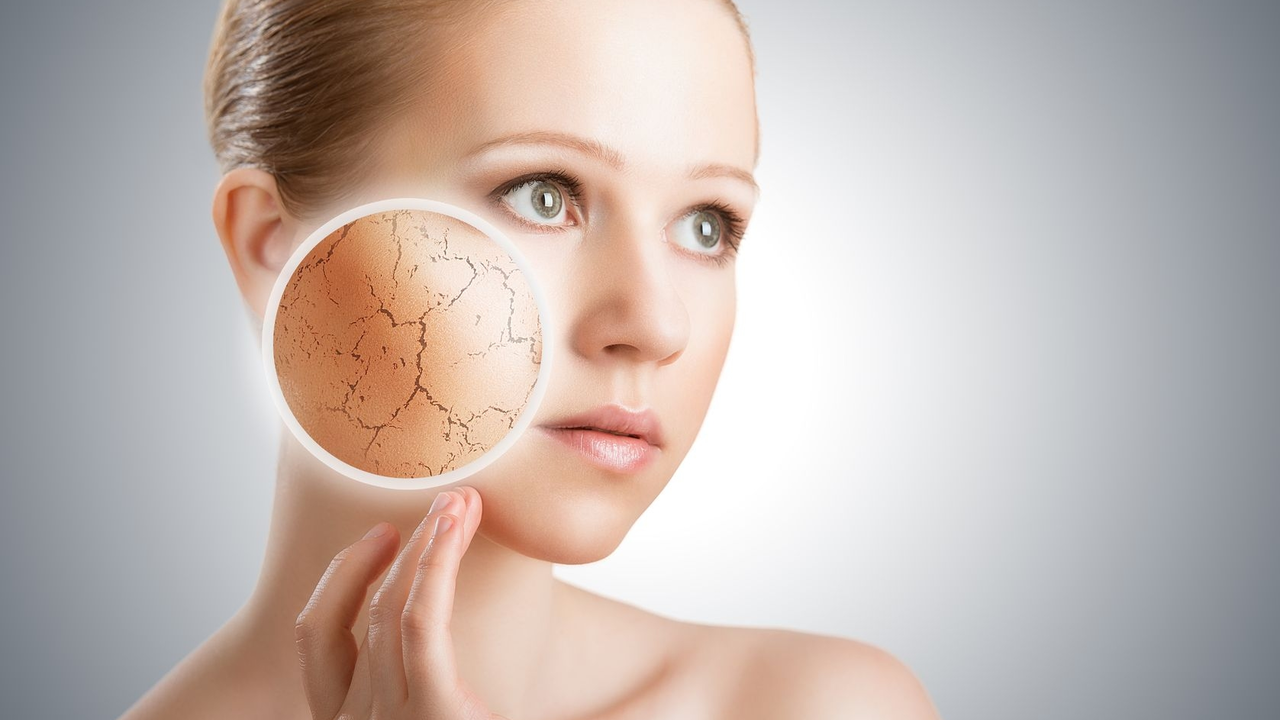Eczema Basics: What It Is, Why It Happens, How to Soothe It
Ever notice patches of dry, red skin that just won’t quit itching? That’s eczema, a common skin condition that shows up in many ages. The main signs are redness, swelling, and a stubborn urge to scratch. If you’ve seen these symptoms on your arms, legs, or behind the knees, you’re probably looking at an eczema flare.
Eczema isn’t caused by one thing; it’s usually a mix of genetics, a leaky skin barrier, and outside irritants. People with a family history of eczema, asthma, or allergies tend to develop it more often. Even if you don’t have those genes, harsh soaps, low humidity, or certain fabrics can trigger the same reaction.
Everyday Triggers to Watch Out For
Knowing what sets off your skin makes managing eczema a lot easier. Common culprits include:
- Hot water baths or showers that strip natural oils.
- Scented detergents and fabric softeners.
- Wool or synthetic fabrics that rub the skin.
- Stress, which can flare up inflammation.
If you notice a pattern—like itching worse after laundry day—swap out the offending product. A simple switch to fragrance‑free detergent often brings quick relief.
Practical Ways to Calm the Itch
The fastest way to stop the itch is moisturizing right after you get out of the shower while your skin is still damp. Look for thick creams or ointments that contain ceramides; they help seal in moisture and repair the barrier.
For a flare, over‑the‑counter hydrocortisone cream can reduce redness in a pinch, but don’t rely on it long term without talking to a doctor. If itching is severe, a short course of prescription steroids or a non‑steroid option like calcineurin inhibitors may be recommended.
Beyond creams, keep your nails trimmed and consider wearing soft cotton gloves at night to prevent accidental scratching while you sleep. Adding a humidifier in dry rooms adds moisture back into the air, which can make a noticeable difference during winter months.
Finally, lifestyle tweaks such as staying hydrated, eating omega‑3 rich foods (like salmon or walnuts), and managing stress through short walks or breathing exercises help keep your skin calmer from the inside out.
Eczema can be frustrating, but with the right routine—gentle cleansing, consistent moisturizing, and trigger awareness—you’ll see fewer flare‑ups and more comfortable days. If over‑the‑counter steps aren’t enough, reach out to a dermatologist for personalized treatment options.
The Connection Between Skin Chafe and Eczema
As someone who's been through the trenches of dealing with skin issues, I'll be sharing insights on the connection between skin chafe and eczema in this post. We're going to dive into the intricacies of these two conditions, discussing their commonalities and exploring if one can lead to the other. It's a deep swim into the realm of skin health and my voyage of understanding that I can't wait to share. The discussion broadens our understanding of how intertwined our body's functions are, and how integral skin care is to our overall well-being.
read more

